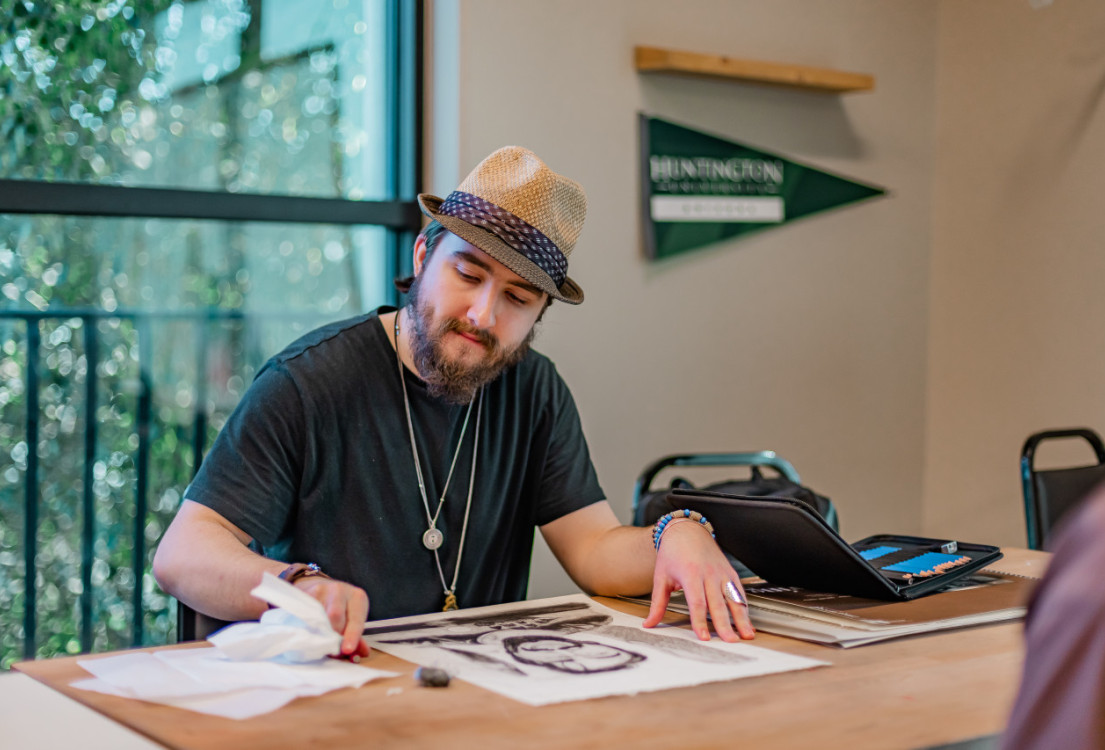What Can You Do with an Art & Design Degree?
Art is more than making nice things to put on display. Artists are involved in commerce, manufacturing, architecture, and more. Here are some brief descriptions of jobs you can get with a degree in art and design.
Art Director
Art directors determine the visual style and layout for, as listed in the Occupational Outlook Handbook, “magazines, newspapers, product packaging, and movie and television productions.” Art directors are often involved in advertising, publishing, and set design.
Fashion Designer
As the name implies, this career involves designing clothes, costumes, accessories, and footwear. Fashion designers sketch designs, select fabrics and patterns, examine fashion trends, create a collection theme, and so on.
Floral Designer
Floral designers arrange displays and bouquets to fit their customers’ needs. They work with live, dried, and silk flowers and other greenery. They will also make deliveries, help the customer decide what plants are best suited to their needs and budget, set up and take down displays, and instruct customers on how to care for their plants.
Graphic Designer
Graphic designers develop the design and layout for things such as advertising, brochures, logos, magazines, and reports. They work with illustration, word art, and text formatting to communicate ideas in order to intrigue or inform consumers.
Industrial Designer
Industrial designers design and render illustrations, 3D models, or physical prototypes for products. Their work includes consulting with the client, engineers, and manufacturers regarding the product, exploring how the product will be used and who will use it, evaluating the practicality of a design concept, researching materials and manufacturing requirements, and calculating production costs.
Interior Designer
Interior designers create functional, safe, and aesthetically pleasing indoor spaces. They select colors, lighting, materials, textures, furniture, patterns, and shapes. They must also evaluate a building’s codes and regulations and the layout of walls, plumbing, and electrical implements; read, draw, and edit blueprints; and consider a design’s accessibility for a variety of people with different needs.
Obviously, there are more career paths out there, but this gives you an idea of the variety of fields in need of artists. If you want to learn more about earning an art and design degree at Huntington University, visit huntington.edu/Art-Design.

